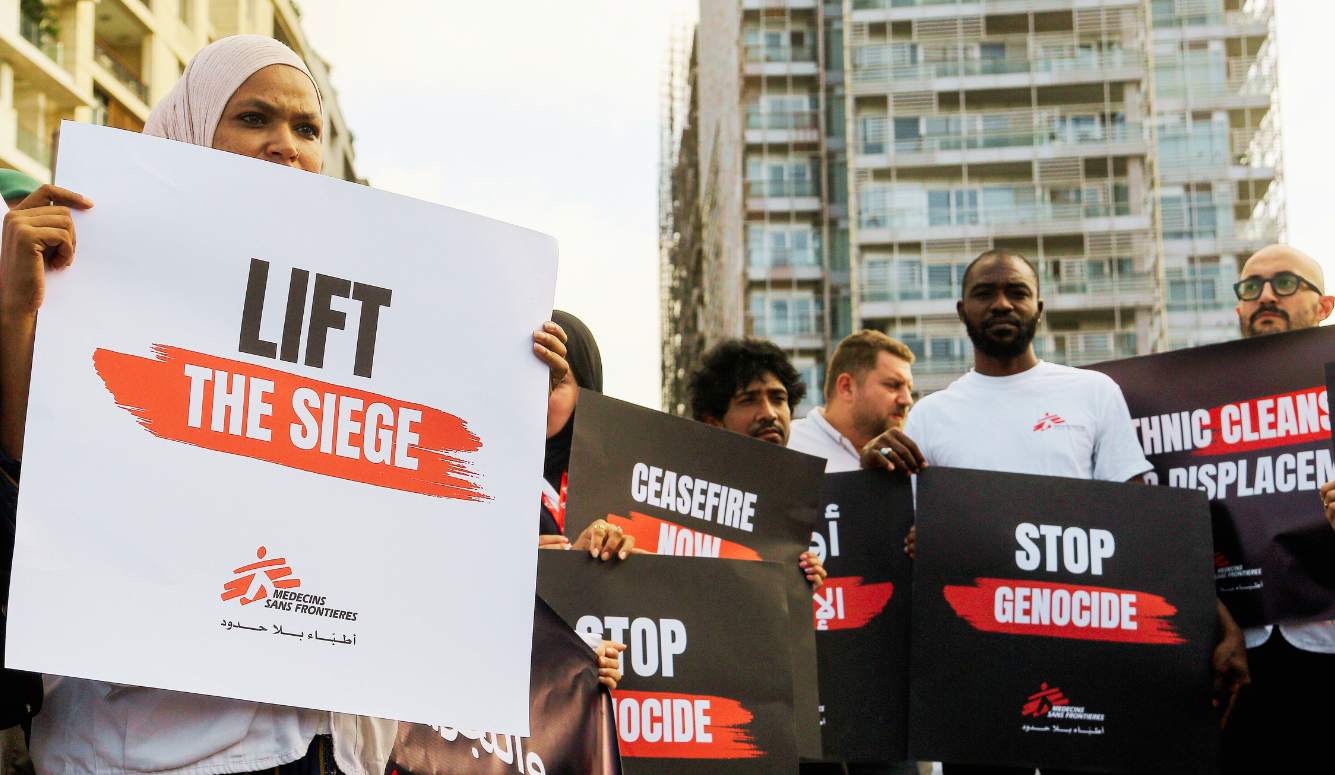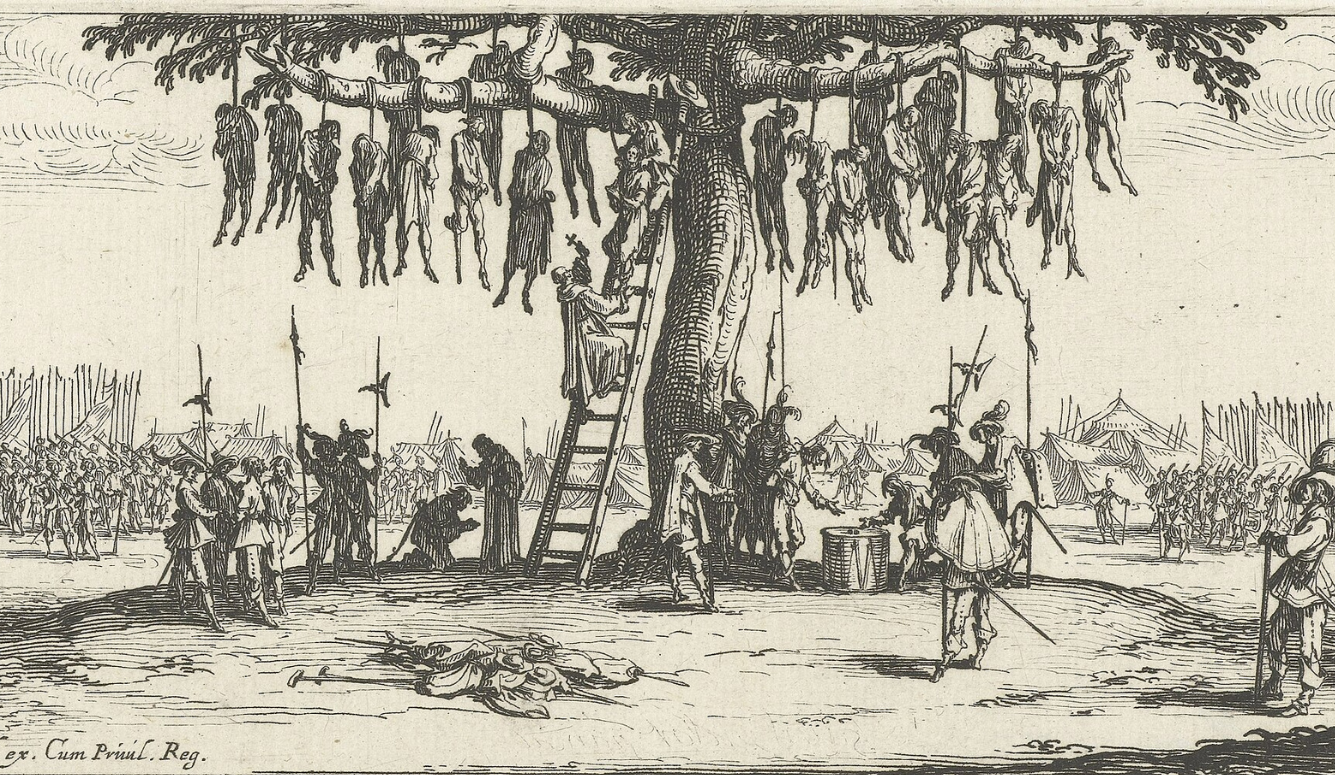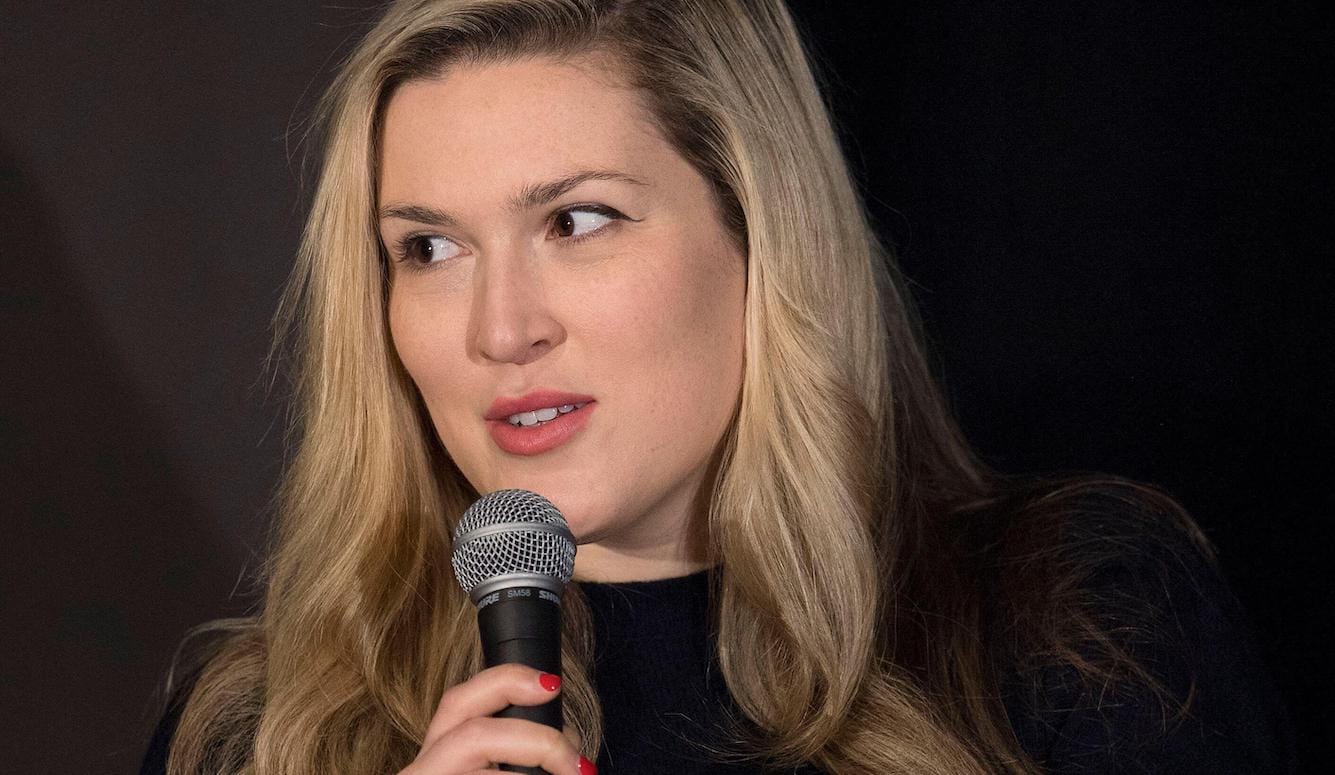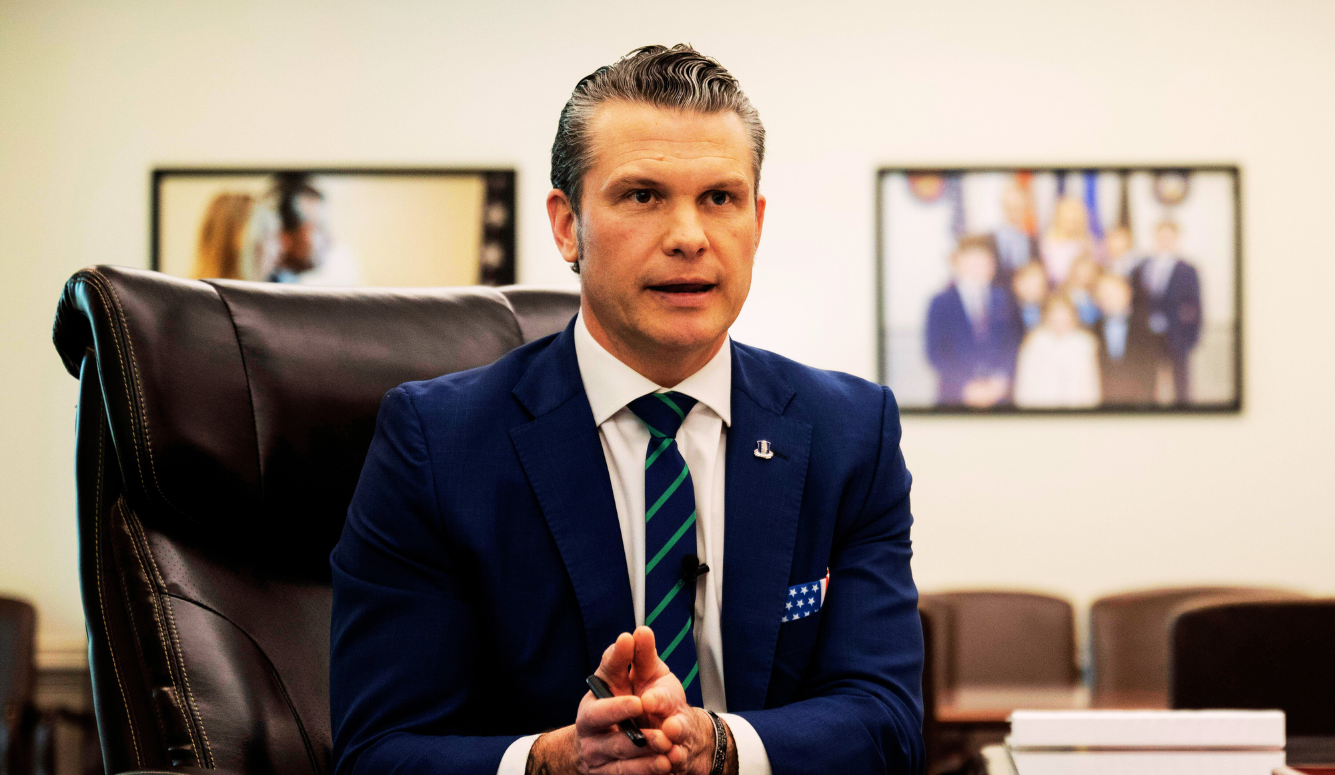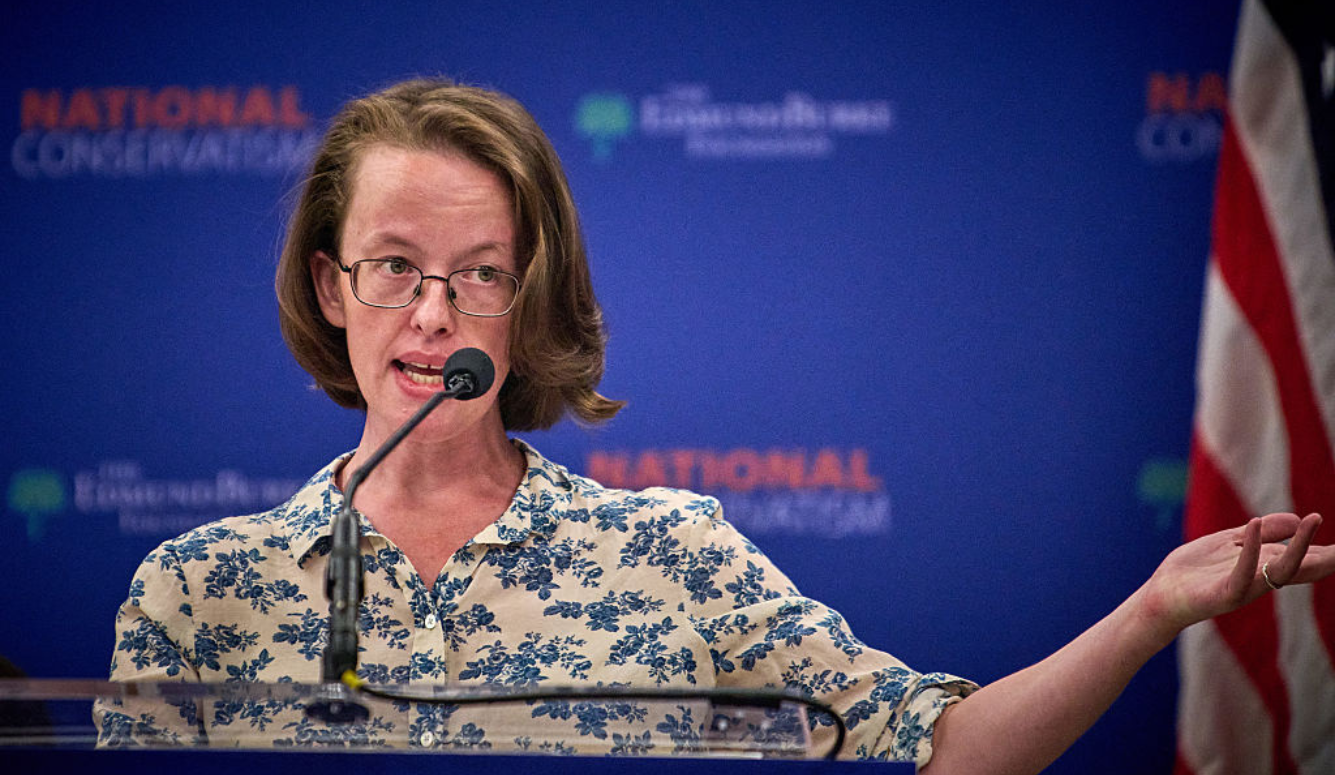Genocide
Face to Face with the Auschwitz Memorial Twitter Project

The Nazi concentration camp system still remains a unicum, both in its extent and its quality. At no other place or time has one seen a phenomenon so unexpected and so complex: never have so many human lives been extinguished in so short a time, and with so lucid a combination of technological ingenuity, fanaticism, and cruelty.
~Primo Levi, The Drowned and the Saved
A girl of perhaps 11 years, with lush, braided hair and a beautiful face, sits alone in a classroom looking up from her book at the photographer. She is self-possessed and gives the most natural smile.
20 December 1929 | Dutch Jewish girl Rudi Tilly Speijer was born in Amsterdam.
— Auschwitz Memorial (@AuschwitzMuseum) December 20, 2020
In January 1944 she was deported to #Auschwitz. She did not survive. pic.twitter.com/dZbZ6p41gq
Another photo shows a girl of five or six intently studying something she holds in her hands, possibly a flower or a piece of white cloth. She has a white bow in her hair.
21 June 1933 | Czech Jewish girl Věra Picková was born in Prague.
— Auschwitz Memorial (@AuschwitzMuseum) June 21, 2021
She was deported to #Auschwitz from #Theresienstadt Ghetto on 15 May 1944. She did not survive. pic.twitter.com/8F9kvZfv8Z
In a third photo, a handsome, well-dressed woman in her late teens is sitting in an armchair by an open window smiling, apparently engaged in conversation.
These are three of a succession of arresting photographs accompanying brief online biographies of people transported to Auschwitz and, with rare exceptions, killed there between 1941 and 1945.
The photographs are posted on the Auschwitz Memorial Twitter site, which is run by the Auschwitz‑Birkenau Memorial and State Museum in Poland. I came across the site over a year ago thanks to the recommendations of biologists, physicians, and social scientists whom I follow on Twitter. Since then, I have been trying to account for its power. There is much that is trivial, nasty, and hateful on Twitter. But the medium can also convey difficult and sensitive information to people with open minds. What follows is my attempt to understand my own personal reaction to the daily material posted on this one account, which I believe makes a unique contribution to Holocaust education.
Every day, the site posts a handful of biographies of deportees to Auschwitz whose date of birth coincides with the date of posting. The biographies are spare, typically consisting of 20 to 40 words, sometimes containing a few details about the deportees’ lives, sometimes none.
The wording follows a common format, which consists of two parts. The first provides information about the individual’s name, nationality, religion, date and place of birth, last place of residence, and, in the case of adults, occupation.
The second part, separated from the first by a blank line, tells us what happened to this person—the date of internment in a holding camp, the date of transport to Auschwitz, and the date of death, when available; or, in rare cases, the fact that the individual escaped or was liberated and survived.
In some cases, there is no photograph, although in most cases there is. Some specify another religion, or identify only a national group—Christian, Roma, Sinti, Polish, Czech, Ukrainian, Russian—but most are Jews.
In many entries, the person’s life, as represented by the photograph, effectively occupies the thematic space between the two text elements—between their early life and their fate at Auschwitz. The picture transforms a minimalist bio into a window through which we can observe a unique, sentient human being. Many of the photographs, especially those of children, have a depth that pulls you in, conveying curiosity, joy, anxiety, dreaminess.
Whether the photos capture a spontaneous moment from early in life, or are prison photos taken by the Nazis, the pictures present these individuals in dialogue with the camera. At the time, these individuals had a future—or at least imagined so. Photos like this not only capture a moment, but also show a person who imagines many more moments. Because we know the actual fate of most Auschwitz-Birkenau prisoners, the images make us think about something that most of us take for granted till our deathbed: the idea of a continuous, forward-facing life.
In some cases, we learn that the individual was killed together with family members. Margot Steinberg, a German Jewish girl, was born in Berlin on September 4th, 1933, months after Adolf Hitler came to power. In 1942, we are informed, she was deported to Auschwitz and murdered in a gas chamber. The next post adds that, “Margot Steinberg was the daughter of Isak and Chane. The mother with her four daughters (Margot, Gerda, Sofie & Pepi) were deported to Auschwitz. They did not survive. The father and their four sons (Henry, Zeev, Emil & David) survived the war.”
Margot Steinberg was the daughter of Isak and Chane. The mother with her four daughters (Margot, Gerda, Sofie & Pepi) were deported to #Auschwitz. They did not survive.
— Auschwitz Memorial (@AuschwitzMuseum) September 5, 2021
The father and their four sons (Henry, Zeev, Emil & David) survived the war. pic.twitter.com/KfdH9GTyVl
Aside from these bare facts, we usually know nothing of the life of most of these individuals, including the circumstances of their arrest and transport, though, in some cases, readers have crowdsourced more information in the Twitter threads.
Dear Betina! 🥺
— K.J. Dijkstra (@shannara77) July 11, 2020
Betina was married to František, born 15-05-1902. They had a lovely son Thomas. 🥺
Thomas was born 24-04-1936
The family was deported on 05-07-1943 to Theresienstad and on 06-09-1943 to Auschwitz.
Betina, František and Thomas, we Must and Will remember you! 😢💔🕯️ pic.twitter.com/69OPXvd4Ie
Many of the photos invite us to imagine the experience of those being unloaded at the railhead in Auschwitz along with thousands of other deportees, all being herded like cattle. Upon arrival, deportees typically were sorted based on their apparent fitness for slave labor or medical experiments. Children of both sexes (below age 16, and then, later, below age 14), their mothers, the elderly and the infirm, were sent directly to the gas chambers. In all, roughly 80 percent of new arrivals were dispatched immediately to their death. The remaining deportees were registered as prisoners and tattooed with a prison number.
There is a distinct type of bio featured on the Auschwitz Memorial archive, pertaining to deportees who were registered for slave labor, rather than being sent directly to the gas chamber. Unlike the photographs from before the war, these official pictures depict the registered prisoner in a rigidly prescribed manner—head-on, side profile, and at a diagonal angle, clothed in striped uniform. The contrast with the other photos is striking: On one hand, images of people enjoying normal life in their unique human way; on the other, a dehumanized instrument of menial labour. It’s as if these were two different species. (In most cases, however, the fate of members of these two groups was the same, as the majority of the slave laborers were worked or starved to death, or eventually executed.)
24 September 1907 | A Pole, Stefan Bladowski, was born in Burzenin. A teacher.
— Auschwitz Memorial (@AuschwitzMuseum) September 24, 2021
In #Auschwitz from 30 July 1941.
No 18943
He perished in the camp on 19 November 1941. pic.twitter.com/3OOUDR3Pcn
Each day brings several more Twitter bios. I have taken to saving some to my hard drive—those that strike me as special either because of the image itself or because of some detail about the person’s life. Some of the young subjects, especially, seem to betray a spirit of trust and curiosity. Others convey anxiety or dreaminess. An odd detail—a family name, the town they came from, or a particular date—may strike me by its association with someone I know. Alexander de Vos, a Dutch Jew, was born in Amsterdam on September 1st, 1914, the same date as my father. Alexander perished in Auschwitz on February 13th, 1943.
But there are too many bios for one person to process individually, and the act of choosing which bios to mention here feels like a betrayal of those I leave out.
1 September 1914 | Dutch Jew Alexander de Vos was born in Amsterdam.
— Auschwitz Memorial (@AuschwitzMuseum) September 1, 2020
In #Auschwitz from 2 December 1942.
No. 79383
He perished in the camp on 13 February 1943. pic.twitter.com/HRPYhKfwpW
It’s hard to look at these photographs and not endow their subjects with foreknowledge of their demise. One almost feels that the subjects are interrogating us, calling humanity to account about what happened to them. It’s easy to read three-year-old Leon Guterman’s inquiring look as asking us how such a thing could have happened to his family. The same is true of other photographs, such as those of seven-year-old Aviva Becková, 12-year-old Szymek Zelmanowicz, five-year-old Esther Polack, and 35-year-old Bettina Grossová.
21 August 1935 | A Czech Jewish girl, Aviva Becková, was born.
— Auschwitz Memorial (@AuschwitzMuseum) August 21, 2021
On 23 January 1943 she was deported from #Theresienstadt ghetto to #Auschwitz. She did not survive. pic.twitter.com/He3iw1lZGA
Each of these pictures shows a private world that was extinguished, and which no one will ever know. They remind us of the idea expressed in the Talmud, and elsewhere in early Jewish religious literature, that “whoever destroys a single life is considered by Scripture to have destroyed the whole world, and whoever saves a single life is considered by Scripture to have saved the whole world.” Looking at these images day after day can help us appreciate this moral truth. It also can help create a sort of alternative universe—a virtual universe—in which Rudi Tilly Speijer is still a schoolgirl sitting in a classroom in Amsterdam. The Nazis have not yet occupied the Netherlands, rounded up Jews and taken them to Westerbork, en route to Auschwitz. This is the power of the Auschwitz Memorial.
If the Auschwitz Memorial account were to put up five bios each day for the next year, that would yield 1,825 bios—or 0.166 percent of the 1.1 million killed at Auschwitz. At this rate, it would take about 610 years to cover every victim.
Auschwitz was the Nazis’ largest killing site. But others, including Treblinka, Belzec, Chelmno, and Sobibor—like Auschwitz, all located in Nazi-occupied Poland—were also the site of hundreds of thousands of murders. If one were to review the bios of all the canonical six million Jews killed in the Holocaust, at the rate of five per day, it would take about 3,300 years.
I will add one final bio, which, unlike those included above, does not feature a sharply focused photo. This one, a childhood photo of Dutch Jew Rahel Rita Cohen, is slightly blurred, and includes part of the face of another child. In its imperfection, this fleeting image does more than most to convey the extreme contingency and the improbable existence of these retrieved documents.
16 June 1925 | A Dutch Jewish woman, Rahel Rita Cohen, was born in Deventer.
— Auschwitz Memorial (@AuschwitzMuseum) June 15, 2021
In October 1943 she was deported to #Auschwitz. She did not survive. pic.twitter.com/aiCxc370lq
The fact that this Twitter account exists at all reflects the startlingly assiduous efforts that have gone into assembling the basic biographical information of Holocaust victims. Since 1946, archivists at Yad Vashem, the Israeli Holocaust Museum, have been working to document the identity of victims using records kept by the Nazis (including transport manifests and camp registration lists) and testimony and photographs from survivors or relatives. The museum’s archive of victim names has grown from 2.7 million in 2004, when the database was first published online, to 4.8 million. This expansion was made possible by digital analysis of the museum’s 210 million documents. Among these records are those pertaining to roughly 736,000 of the 1.1 million Jews murdered at Auschwitz. And so each bio we read represents a little triumph—a clawing back of identities destined for oblivion. Even now, archivists are racing to identify the remaining unidentified victims as the surviving relatives dwindle away.
Despite all the work that’s already been done, historical researchers continue to uncover important new facts. This includes a 13-year research project conducted by the United States Memorial Holocaust Museum showing that the network of nodes in the Nazi extermination system was much greater than previously realized, especially in regard to occupied areas in France, Central Europe, and Eastern Europe. When they embarked on the project, researchers expected the tally of nodes to reach 7,000. However, the number ended up being six times larger—42,500.
The newly uncovered information, in turn, sparked a major upward revision of the estimated deaths of Jews, Gypsies, homosexuals, and political “undesirables”—with the best estimate now standing at somewhere between 15 million and 20 million. The widely-voiced claim that ordinary Germans and citizens of the occupied territories had no knowledge of what the SS killers were doing was never credible to begin with. It’s even less credible now.
The Auschwitz Memorial site presents its mission as documenting the roots and means of the Nazi murder of 1.1 million Jews, Sinti, Roma, and Christians at Auschwitz. The goal is to educate new generations about the Holocaust as this period of history fades from living memory. To this end, the site provides detailed lectures and podcasts describing different aspects of the camp’s origins, evolution, and operation. The Twitter feed is an essential part of this mission because it accomplishes something that more formal educational media have trouble achieving: Rather than saturating us with information, it manages to distill the Holocaust down to its effect on a single life, conveying the monstruous disproportion between the individual victim and the Nazi killing machine.
Once an observer is drawn in, there is no way to avoid confronting the question of how this could happen. How could the citizens of a civilized country—the birthplace of Goethe, Schiller, Bach, and Beethoven—become captive to the genocidal lie that Jews existed as a deadly bacillus within their nation? Contemplating that question leads us to the uncomfortable truth that the same human species capable of selfless and ennobling acts is also capable of unspeakable viciousness and cruelty.
It is not pleasant to be reminded of such truths. But it is vital in reminding us of that ancient Talmudic injunction—that every vulnerable life presents each of us a new chance to save the world from destruction.
